At a time when sustainability has become central to how industries operate, Logitech is showing what it means to turn commitments into measurable impact. Known for its human-centered design and innovation, the company is now setting new standards in responsible technology — embedding sustainability into every layer of its business, from product conception and packaging to supply chain practices and carbon transparency.
What began as an operational goal has evolved into a mindset — one that treats sustainability not as an add-on, but as a design principle that drives every innovation. From pioneering carbon labeling in consumer electronics and shifting to paper-based packaging that removes over 37 million single-use plastic bottles annually, to achieving 93% renewable electricity globally and integrating recycled plastics across 75% of its portfolio, Logitech’s sustainability journey is both bold and measurable.
In this exclusive interaction with TheCSRUniverse, Robert O’Mahony, Head of Sustainability at Logitech, shares how the company is reshaping the tech ecosystem through transparency, circular design, and collaboration. He reflects on the philosophy behind Logitech’s Design for Sustainability (DfS) framework, the hurdles of scaling global initiatives, and how empowering consumers to make informed, eco-conscious choices can spark industry-wide change.
Read the full interview below.
Q&A
Q. What inspired Logitech to embed sustainability into its core design and business strategy, and how has this mindset shaped the way the company innovates today?
A. For us at Logitech, embedding sustainability wasn't just about ticking a box; it was a fundamental commitment to truly minimize our environmental footprint and be transparent about it. We saw it as a strategic imperative, a chance to lead by example. This mindset has profoundly reshaped how we innovate. Take our carbon labeling - we believe we were the first consumer electronics company to put detailed carbon impact on our packaging. That wasn't just a bold move; it was about empowering consumers and, frankly, pushing the entire industry towards greater accountability. Our Design for Sustainability (DfS) program is the bedrock here. It ensures that from the very first sketch, environmental and social impacts are considered right alongside performance and user experience. This means we're constantly exploring innovative manufacturing processes, using renewable electricity when possible, and maximizing the use of recycled content. Sustainability isn't an add-on for us; it's woven into the very fabric of every product we create.
Q. As Logitech integrates sustainability across products and packaging, what were the most significant hurdles in scaling these changes globally — and what enabled you to succeed despite them?
A. Scaling our sustainability initiatives globally, as you can imagine, came with its share of significant hurdles. Navigating our complex global supply chain, ensuring consistent access to high-quality recycled materials across diverse regions, and managing the initial investments for new processes were definitely challenging. But we've succeeded because of a few key things. First, an unwavering leadership commitment - sustainability isn't just a departmental goal, it's a core business value. Second, institutionalizing our Design for Sustainability (DfS) program was critical; it embeds environmental considerations into every product's lifecycle from day one. Crucially, our deep, collaborative partnerships with suppliers have been game-changers, allowing us to co-develop innovative recycled materials. We also adopted a strategic, phased approach, like gradually expanding carbon labeling, which allowed us to learn and refine. And finally, adhering to robust global frameworks like SBTi and the Paris Agreement gives us a clear, measurable roadmap and external validation.
Q. Logitech introduced carbon labeling and has emphasized responsible sourcing across its supply chain. How have these initiatives influenced consumer engagement, and what ripple effects have you seen across your suppliers or the broader industry?
A. The introduction of carbon labeling and our strong emphasis on responsible sourcing have really resonated, both with consumers and across our value chain. For consumers, that carbon label offers unprecedented transparency, empowering them to make choices that truly align with their values. We've seen a growing resonance, especially with younger generations like Gen Z and millennials, who are actively seeking sustainable options. It also serves as a powerful educational tool. Within our supply chain, these initiatives have spurred a wave of positive change. Our active collaboration with suppliers to develop new, stronger recycled resins and our insistence on responsible manufacturing have pushed them to innovate and elevate their own sustainability standards. And by pioneering carbon labeling, we've set a powerful precedent. We're actively 'galvanizing an industry-wide shift,' compelling competitors to consider similar transparency and sustainability measures to remain relevant and competitive. It's about showing that leadership in sustainability isn't just possible, but essential.
Q. The company has shifted to paper-based packaging for many of its products. How did you approach this transition, particularly in maintaining product protection and a consistent user experience?
A. Our shift to paper-based packaging was a very deliberate move, driven by our commitment to minimize single-use plastics and maximize recyclability. We approached this transition meticulously, with a core focus on maintaining robust product protection and a consistent, positive user experience. We moved decisively from traditional plastic blister packs to closed box designs. This wasn't just a simple material swap; it involved extensive research and development guided by our Design for Sustainability (DfS) principles. Every packaging design undergoes rigorous testing to ensure it provides superior product protection throughout the supply chain. We also prioritize responsibly sourced paper. From a user experience perspective, we actually believe a well-designed, thoughtfully crafted paper package can enhance the unboxing experience, often feeling more premium and tactile than plastic. Our aim was to ensure our sustainability efforts in packaging seamlessly integrate with, and ideally elevate, the overall customer journey, without any compromise on safety, durability, or design appeal.
Q. The MX Mechanical keyboard saw a 40% reduction in carbon footprint. What did the design process look like behind such a result, and how do you ensure similar ambition and measure the broader impact of your DfS approach across the product portfolio?
A. Achieving a 40% carbon reduction for the MX Mechanical Mini keyboard was a real testament to our integrated Design for Sustainability (DfS) methodology. The design process began with a clear mandate: drastically reduce the product's environmental impact from its inception. This meant a deep dive into material selection, prioritizing high percentages of post-consumer recycled plastics and exploring other sustainable inputs. We meticulously designed for disassembly and recyclability, simplifying construction to facilitate end-of-life recovery. Durability was also paramount, as extending product lifespan directly reduces its overall carbon footprint. Throughout, we leveraged life cycle assessments to quantify the carbon impact of every design choice, ensuring data-driven decisions. To ensure similar ambition across our entire portfolio, our DfS program is systematically applied to every new product development. Our commitment to carbon label all products by 2025 serves as a powerful internal driver. We operate under stringent global frameworks like SBTi, with validated GHG reduction targets, and track progress through key metrics like the increasing percentage of recycled content – now 78% of our products utilize second-life materials. This comprehensive approach ensures the MX Mechanical keyboard's success is a benchmark, not an anomaly.
Q. How has the company's shift to 100% renewable electricity across all global operations influenced your overall sustainability roadmap — and what does this mean for your Scope 3 goals?
A. Achieving our goal of 100% renewable electricity across all Logitech-owned and leased global operations is a monumental step that profoundly influences our entire sustainability roadmap. While we are currently at 93% renewable electricity and target 100% by 2030, this ambitious journey provides a robust foundation and allows us to strategically pivot our focus towards the more complex, yet crucial, area of Scope 3 emissions. This commitment not only demonstrates our unwavering dedication but also significantly enhances our credibility when engaging with external partners.
For our Scope 3 goals, this shift is transformative. The primary battleground for carbon reduction increasingly lies within our value chain. We are intensely focused on expanding renewable energy adoption throughout our supply chain, actively working with our manufacturing partners. Our Design for Sustainability (DfS) program and carbon labeling initiatives are directly geared towards minimizing embedded carbon in materials (upstream Scope 3) and addressing emissions associated with product use and end-of-life (downstream Scope 3). In essence, our strong progress and commitment to 100% renewable electricity empower us to credibly drive systemic changes across our value chain.
Q. How do you balance sustainability with aesthetics and performance when co-developing advanced recycled materials with your suppliers?
A. Balancing sustainability with aesthetics and performance when co-developing advanced recycled materials is a cornerstone of our Design for Sustainability (DfS) philosophy. We truly view this not as a trade-off, but as an integrated design challenge. Our DfS framework explicitly mandates that environmental impact is considered alongside technical performance, user experience, and aesthetic appeal from the very outset. Our commitment is clear: we will not compromise on product quality. This means that when we work with our plastic suppliers to develop new, stronger recycled resins, we are simultaneously pushing for a wider range of colors and textures. The fact that we're now able to achieve over 30 new colors in recycled resins speaks to this dedication. We invest in material innovation, rigorously testing and refining these advanced recycled materials to ensure they meet our exacting standards for durability, tactile feel, and visual consistency. This collaborative, iterative process with our suppliers ensures that our products not only consider environmental impacts, but are also high-performing and aesthetically desirable.
Q. What are the most promising circular economy models Logitech is exploring — whether it’s take-back programs, product-as-a-service, or repair-friendly design?
A. At Logitech, we're actively transitioning from a linear 'take-make-dispose' model towards a more circular economy, and we're exploring several promising models. Our most fundamental approach is design for repair, coupled with a strong emphasis on durability and longevity. We engineer our products to last, reducing the need for frequent replacements, and we support older products with software updates to extend their usable life. This is intrinsically linked to design for disassembly and recyclability, where we simplify construction and material types to maximize material recovery at end-of-life. We are also heavily invested in material innovation, continuously increasing the percentage of recycled content in our products. While a comprehensive global take-back program is still under development, we have launched pilot initiatives in select regions. These pilots are crucial for gathering insights and refining the logistics necessary to scale up our collection and material recovery efforts globally. Our overarching strategy is to extend product lifecycles and recover valuable resources, keeping materials in use for as long as possible.
Q. What role does Logitech play in influencing broader industry change — and how important are partnerships, cross-sector collaboration, or policy alignment in accelerating that shift?
A. Logitech plays a pivotal role in influencing broader industry change, and I firmly believe that partnerships, cross-sector collaboration, and policy alignment are absolutely critical to accelerating this shift. We strive to be a pioneer, as evidenced by our leadership in carbon transparency – believed to be the first consumer electronics company to label our products. This sets a new standard and aims to 'galvanize an industry-wide shift' towards greater environmental accountability. We actively drive transformation within our supply chain by promoting responsible sourcing and collaborating with our partners to innovate.
Beyond our direct operations, we educate consumers, fostering demand for sustainable products across the market. However, we recognize that systemic change cannot happen in isolation. Partnerships are indispensable. We actively engage with industry partners, recycling organizations, and research institutions. One example is Logitech’s Future Positive Technology Challenge, a global call to identify disruptive sustainable solutions in electronics. The Challenge invites startups, entrepreneurs, and researchers to submit proposals across printed circuits, battery technology, materials, sustainable manufacturing, and waste management. In addition to Logitech teams, external judges have included professionals from Samsung, BASF, and Swatch Group.
Our adherence to and validation by global frameworks like SBTi and the Paris Agreement demonstrates our commitment to aligning with broader policy and scientific consensus. Ultimately, Logitech aims not just to lead by example, but to collaborate broadly, recognizing that industry-wide transformation requires a collective effort.

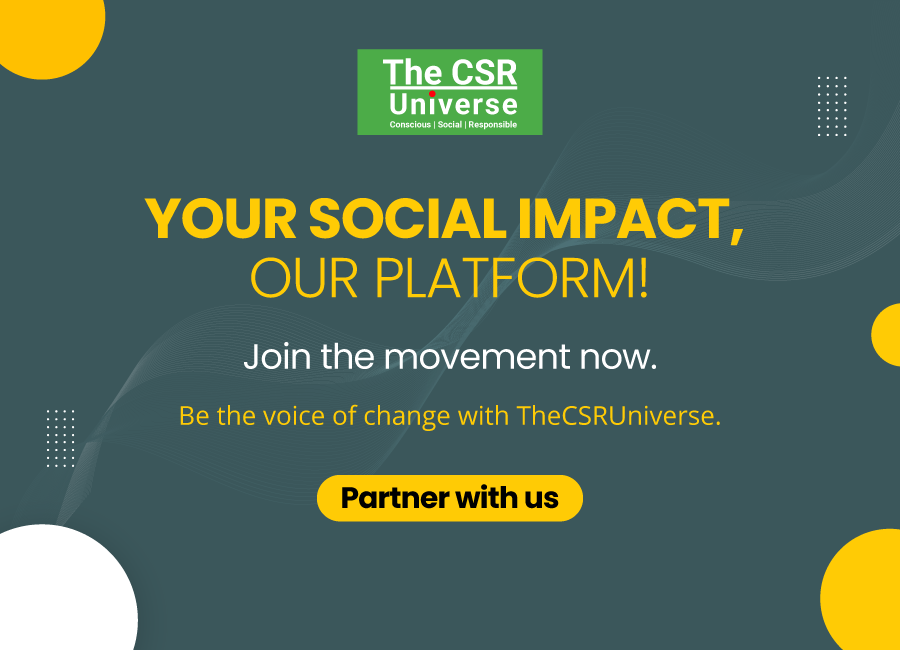

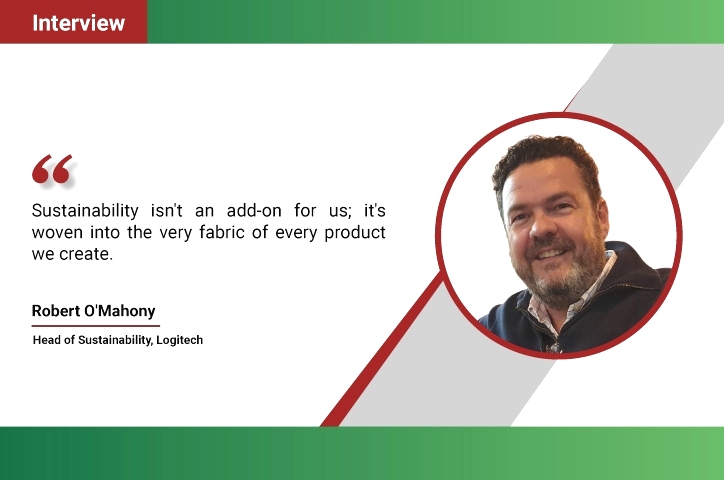




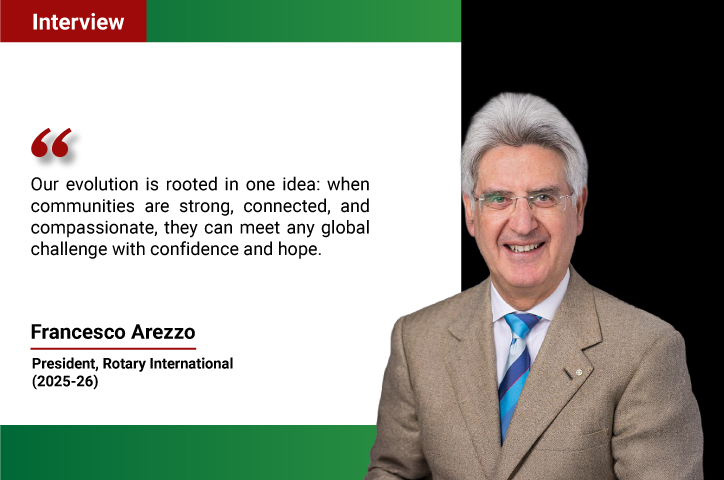
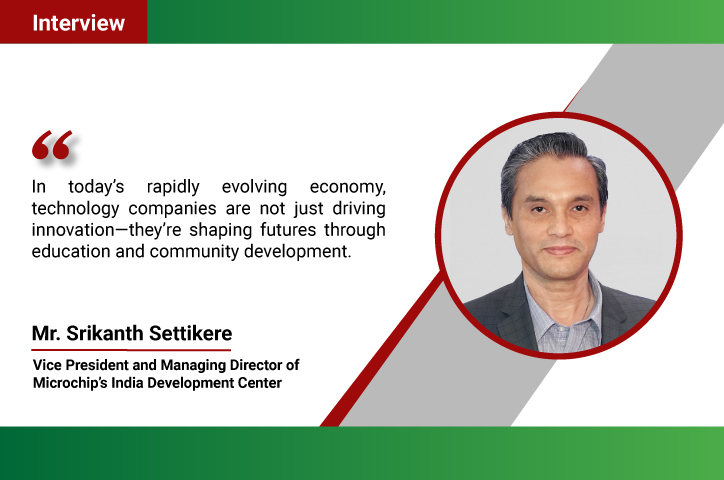



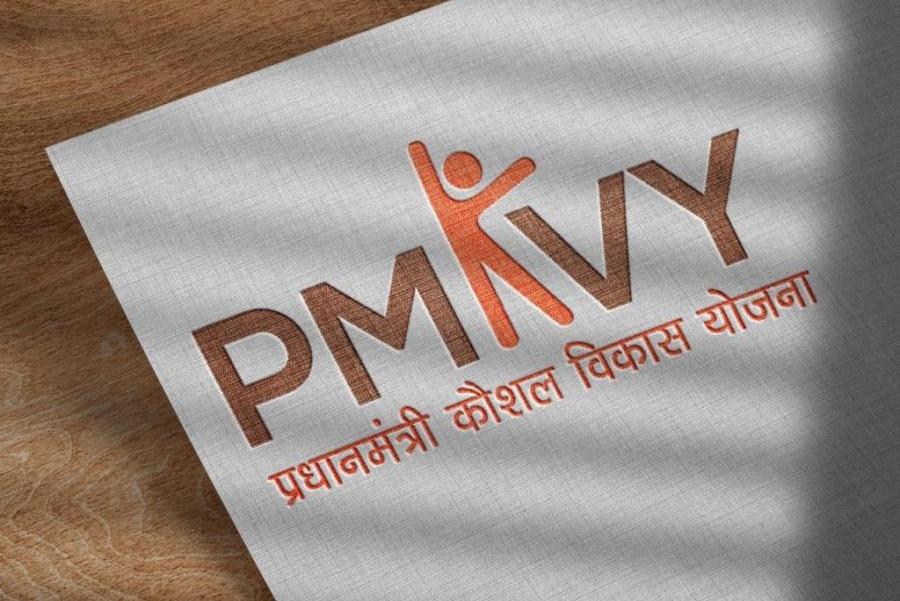
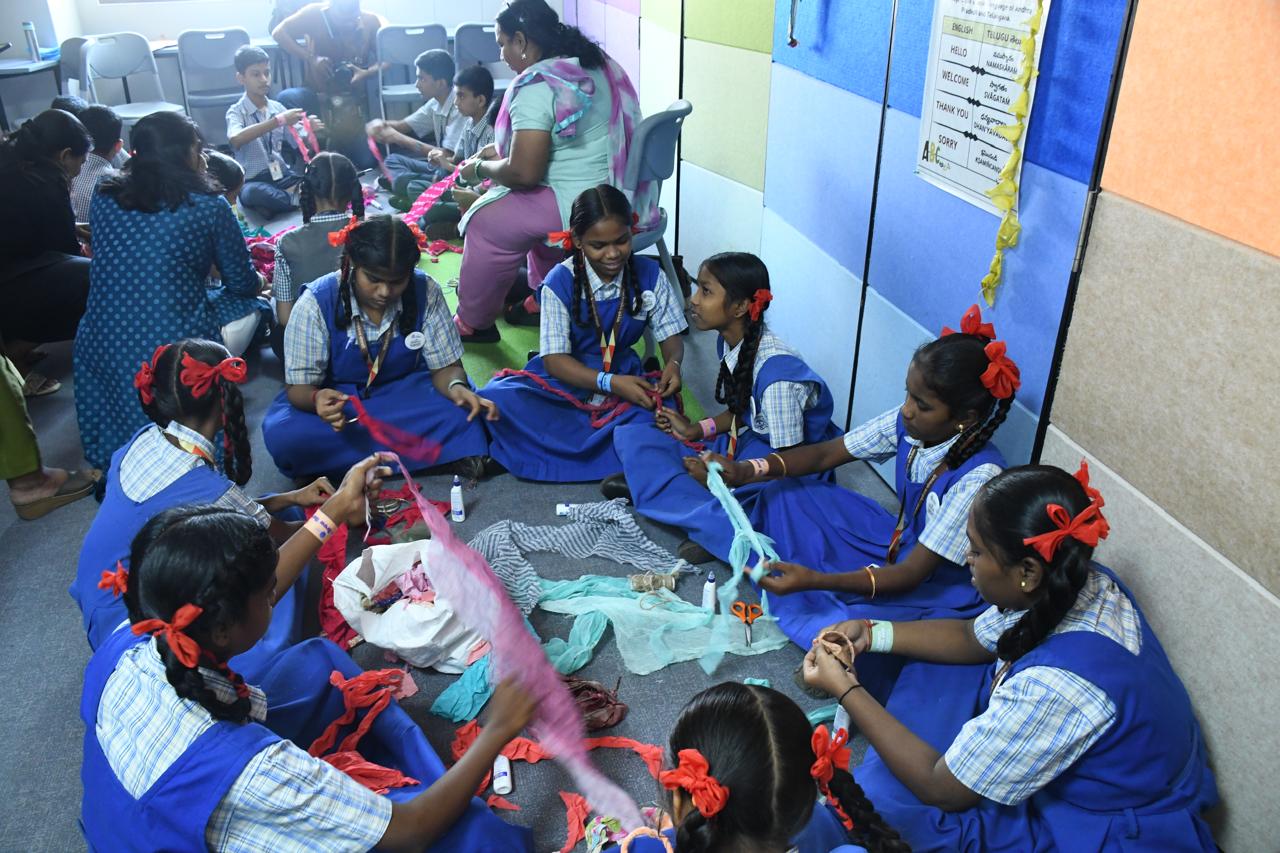

.jpg)




